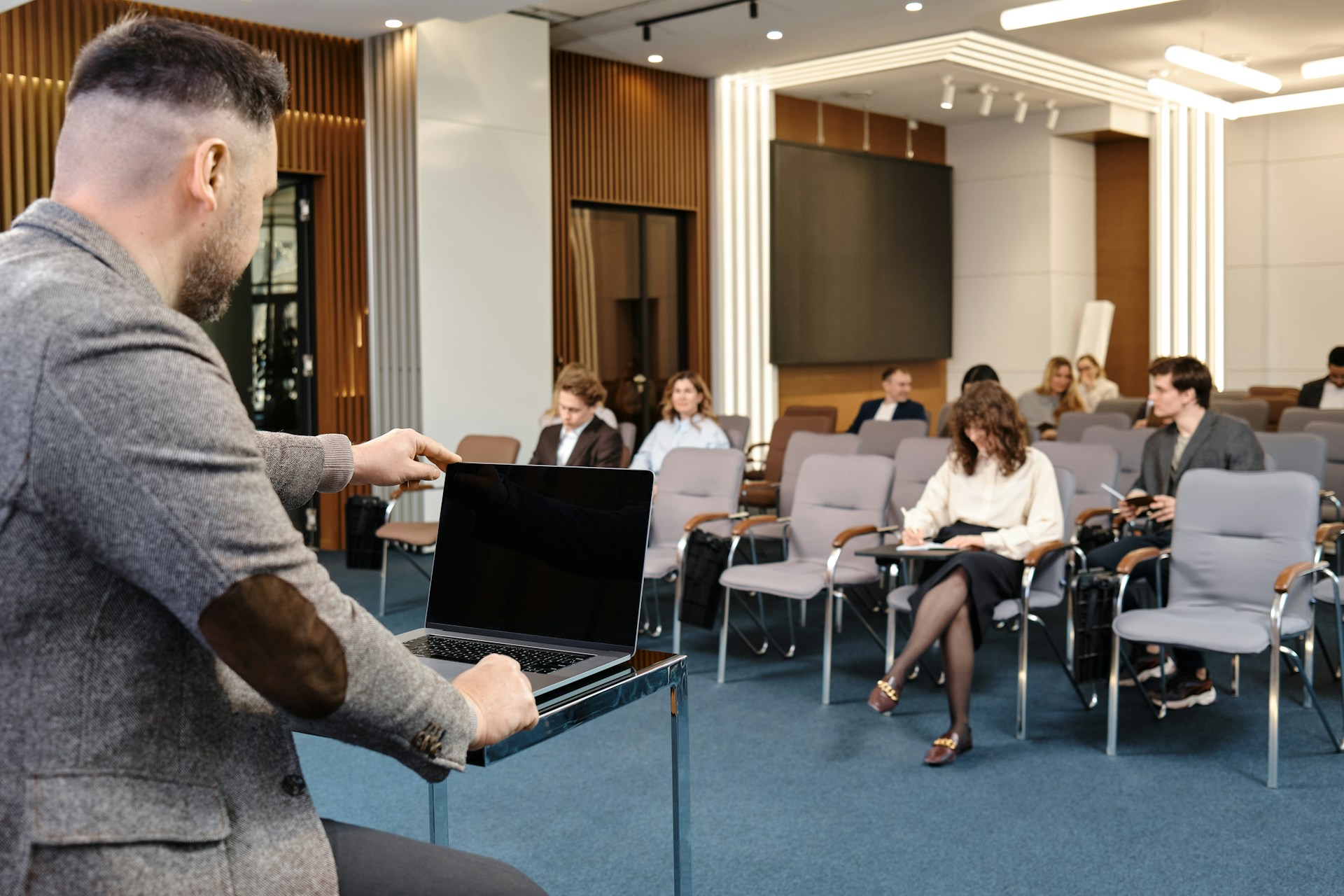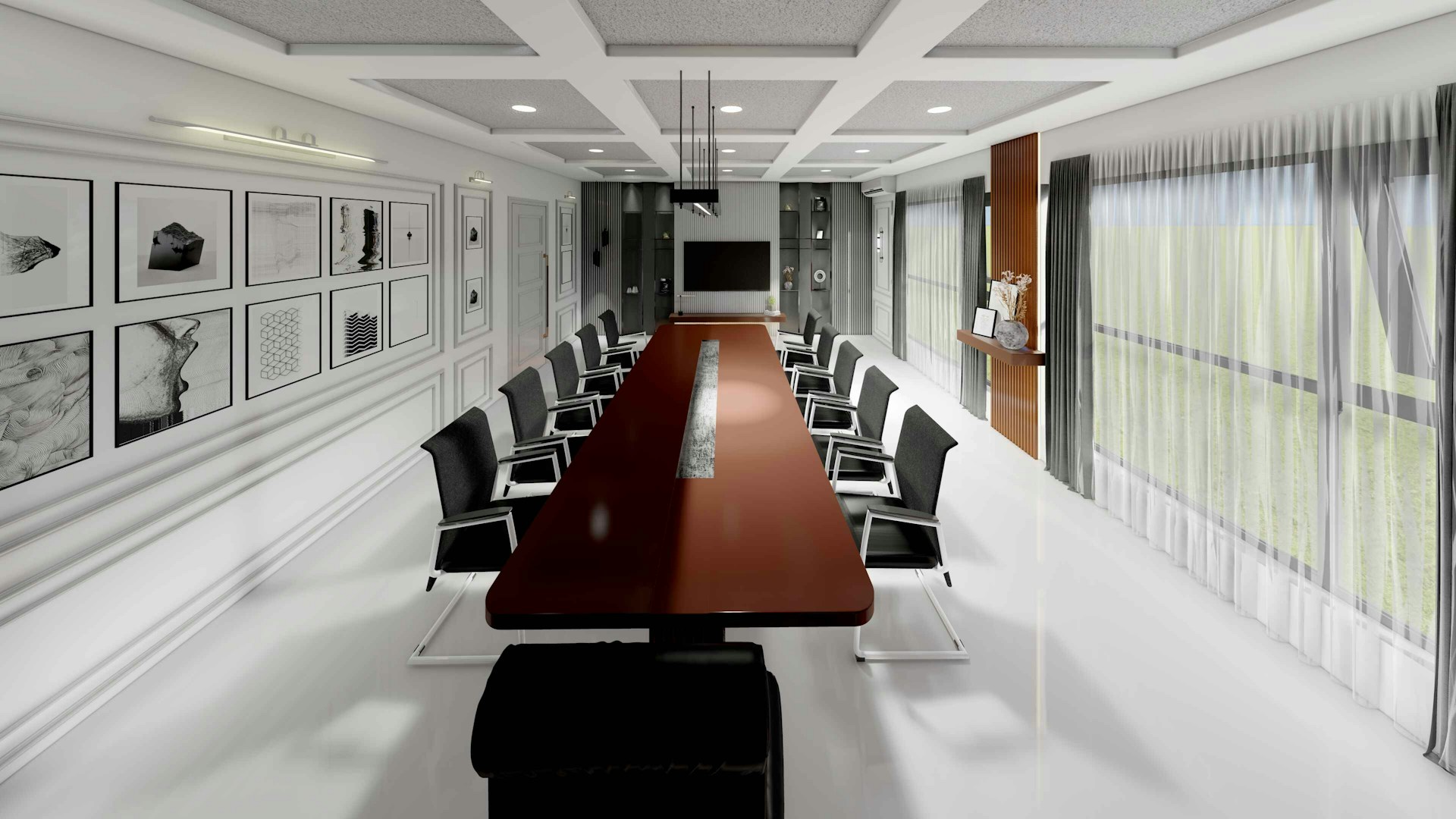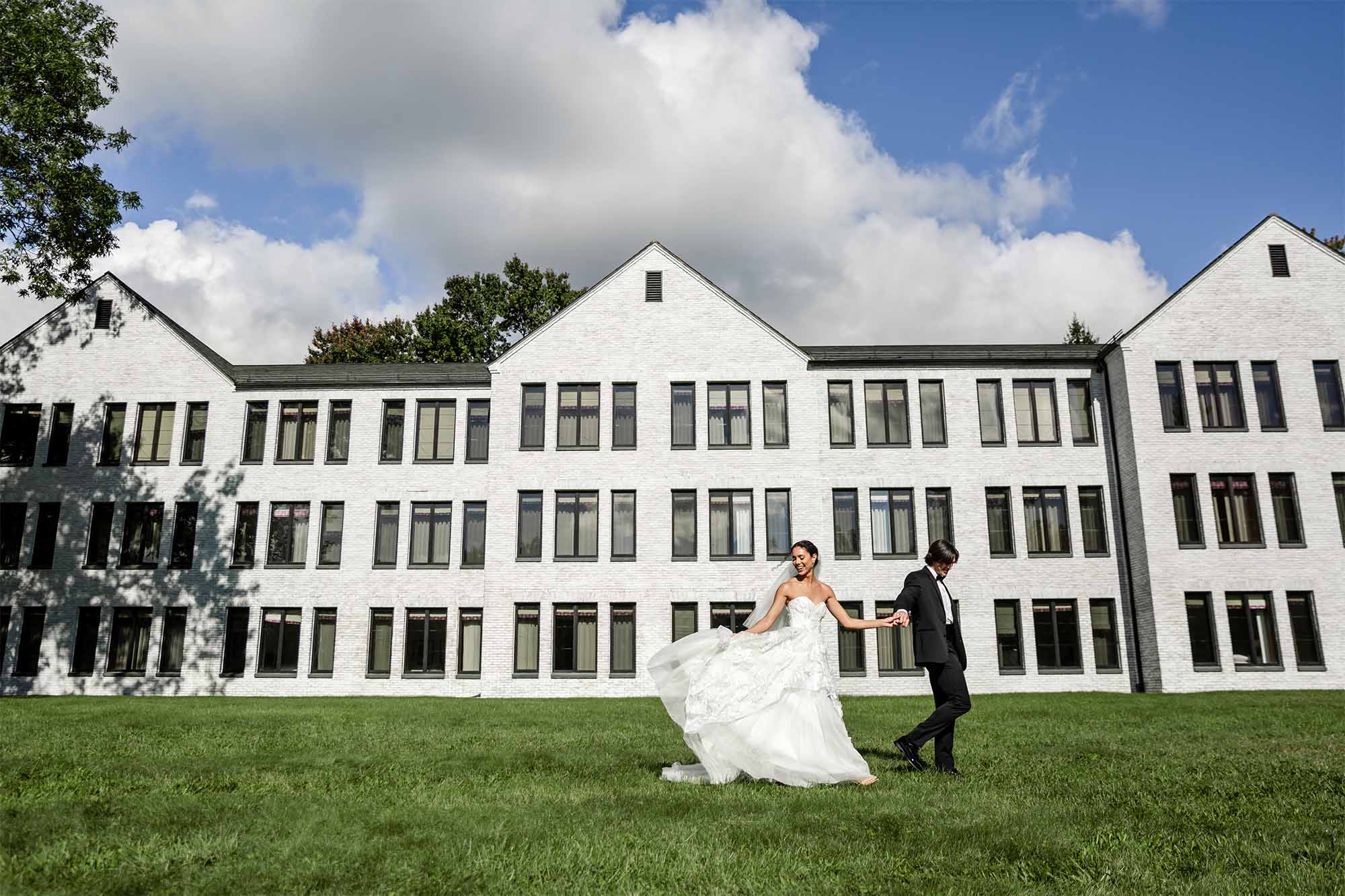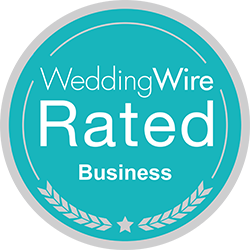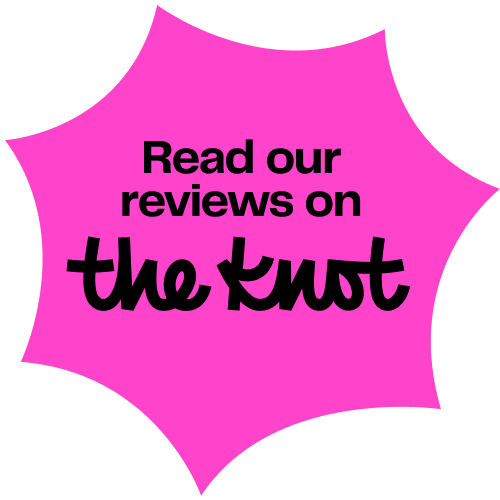Creating a business conference that leaves a lasting impression starts with thoughtful planning and a clear vision. These events bring people together, foster learning, and create opportunities for networking and growth. Whether it’s a small team meeting or a large-scale event, careful planning can turn an ordinary conference into a powerful experience that attendees remember and talk about for years to come.
A key factor in this planning process is the venue. The right setting can uplift the entire conference, offering both functionality and inspiration. A location like Whispering Oaks not only provides the space but also sets the right tone for the event. It’s where ideas can flow freely, and connections can be made seamlessly. With the groundwork laid, let’s explore the steps to plan a perfect business conference.
Define Your Objectives
Starting with clear objectives is crucial when planning a successful business conference. Knowing what you want to achieve helps guide every decision, from the speakers you invite to the sessions you offer. Having well-defined goals keeps your planning on track and ensures that every part of the event serves a purpose.
Consider these objectives when planning your conference:
1. Educate and Inform: Share new knowledge or industry insights with your audience.
2. Foster Networking: Create spaces and opportunities for attendees to meet and connect.
3. Promote Collaboration: Encourage group discussions or workshops where attendees can brainstorm and exchange ideas.
4. Increase Engagement: Keep the audience actively involved through interactive sessions or activities.
5. Build Brand Awareness: Use the event as a platform to enhance your brand’s visibility and reputation.
With these goals in mind, you’ll be able to shape a conference that aligns with your vision and delivers meaningful experiences to your attendees.
Budget Planning and Management
Building a comprehensive budget is a foundational step in planning your conference. Your budget acts as a blueprint, helping you allocate resources effectively while keeping track of expenses. Start by determining the overall amount you have to work with, considering all potential sources of funding and sponsorships.
Here’s a simple roadmap for budget management:
1. Venue and Logistics: Allocate funds for venue rental, decorations, signage, and equipment like projectors or microphones.
2. Catering and Hospitality: Plan for meals, snacks, and beverages to keep participants nourished and focused.
3. Speakers and Talent: Determine fees for keynote speakers, trainers, or entertainers, along with travel and accommodation expenses.
4. Marketing and Promotions: Set aside a portion for advertising, brochures, and digital marketing to attract attendees.
5. Miscellaneous Expenses: Allow for unplanned costs, such as last-minute supplies or emergency services.
Regular check-ins are necessary to ensure you stay on budget. Adjustments might be needed along the way to address unforeseen expenses. By staying organized and flexible, you’ll keep your financial plan intact while delivering an exceptional event.
Select the Right Venue
Choosing the perfect venue is like finding the right setting for a great story—it sets the mood for everything that follows. A venue impacts not just the logistical side but also the overall feel of the conference. Begin by considering the location. It should be accessible for most participants, ideally close to major transport hubs or accommodations.
Amenities are equally significant. Make sure the venue offers necessary equipment like Wi-Fi, projectors, and sound systems. The space should handle your expected attendance comfortably, with room for any breakout sessions or networking areas you might plan.
Consider how a venue aligns with your conference’s theme. If you’re aiming for a tech-forward focus, look for modernized spaces that reflect innovation. For a more formal event, a venue with classic design elements might be better suited. Prioritizing these aspects ensures that the setting reinforces the conference objectives, supporting the event’s goals and enhancing participant satisfaction.
Organize the Agenda
Crafting a balanced and engaging agenda is about creating a flow that maintains interest and encourages interaction. Start by listing core topics and organizing them into sessions, considering a mix of presentations, panels, and interactive workshops. Diversify the format to cater to different learning styles and preferences. Intersperse heavy content sessions with lighter networking breaks to refresh attendees.
When structuring the schedule, think about starting the day with an attention-getting keynote speaker to set the tone. Include plenty of time for breaks, giving participants the chance to mingle, recharge, and reflect on information.
Engaging activities, like group discussions or Q&A sessions, can help reinforce content and keep energy levels up. By thoughtfully organizing activities, you can create an experience that not only educates but also entertains and inspires your audience.
Communications and Marketing
Effective communication and marketing strategies are key to drawing the right crowd and ensuring participants leave engaged and informed. Begin promotion early, utilizing a combination of emails, social media, and possibly even targeted online ads to create buzz. Craft messages that highlight the value the conference offers, from esteemed speakers to exclusive networking opportunities.
Consistent communication keeps potential attendees informed and excited. Emails should provide updates on speakers or workshops and prepare registrants for their participation. On social media, engaging content like speaker interviews or behind-the-scenes snippets can build anticipation.
Maintaining open lines of communication throughout the event itself is equally important. Use apps or platforms to keep attendees updated on schedule changes, speaker notes, or network opportunities.
Bringing It All Together for a Successful Conference
A successful business conference is much like a well-orchestrated performance, where all elements come together seamlessly to create an enriching experience. Thorough planning ensures that each aspect of the event plays its part in achieving the conference’s goals. By paying attention to details like budgeting, venue selection, and agenda planning, you lay the groundwork for an event that’s both informative and enjoyable.
The rewards of a well-executed conference are substantial. Attendees leave with new knowledge, stronger networks, and a memorable experience. Organizers gain valuable feedback and strengthened professional relationships.
A successful conference creates a lasting impact, setting the stage for future events and establishing your brand’s presence in your industry. When all these elements harmonize, your conference is sure to exceed expectations and leave a positive, lasting impression.
Elevate your business conference with Whispering Oaks. Explore our exceptional conference spaces in Norwalk, which are designed to inspire and facilitate seamless events. Let us help you craft an impactful gathering that exceeds expectations and fosters meaningful connections. Join us to create a memorable experience that leaves a lasting impression on your attendees!


